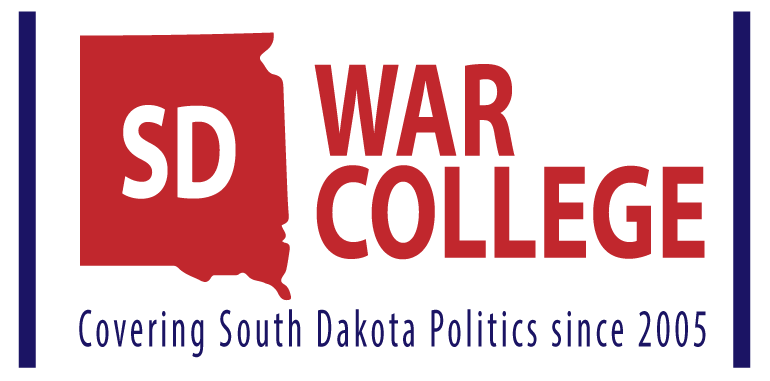
 A Bright Forecast
A Bright Forecast
By Sen. John Thune
If you live in South Dakota, you know how quickly the weather can change. One minute it’s warm and sunny, and in the blink of an eye, you’re in the middle of a torrential downpour. From harsh winters to hot summers, we get a little of everything. And as folks in some parts of South Dakota recently discovered, it doesn’t matter what the calendar says, winter will end when it’s good and ready.
Accurately forecasted weather is important for a lot of reasons. There’s the obvious, like whether or not you’ll need an umbrella before you head to work. There’s the not-so-obvious, like the fact that South Dakota farmers depend on long-term weather forecasts to help determine when they’ll need to plant crops each spring. Perhaps most importantly, though, when it comes to extreme weather, like severe thunderstorms or tornadoes, timely and accurate weather forecasts can help save lives.
The National Weather Service (NWS) recently held a statewide tornado drill in South Dakota, so no matter what it looked like outside, most folks throughout the state probably heard the ominous howl of local tornado sirens. While these sirens are integral tools that help keep people safe, consumers can now have severe weather alerts sent directly to mobile devices, like cell phones or even smart watches – an idea hardly imaginable when I was a kid.
I’ve seen South Dakota weather – the good, the bad, and the ugly – which is why I’ve spent months working with a bipartisan group of senators to pass sweeping weather research and forecasting legislation, which was recently signed into law. The new law encompasses numerous ideas authored by Republicans and Democrats from both the House and Senate. A writer for the Washington Post’s Capital Weather Gang called these reforms, collectively, “the first major piece of weather legislation adopted since the 1990s.”
I authored several provisions of the new law, including one that will improve seasonal and subseasonal forecasts, which will help farmers make more informed decisions about when it’s the most opportune time to plant certain crops. I also authored a provision that will require the NWS to designate at least one warning coordination meteorologist at each of the 122 weather forecasting offices throughout the country. These NWS employees will collaborate with local officials, including the media, to increase the usefulness of emergency weather communication.
The new law also takes several meaningful steps toward improving tornado forecasting and accuracy. It tasks the NWS with improving its watches and warning system, which would make these alerts easier to understand and hopefully give individuals additional time to take necessary safety steps. The law will also require the National Oceanic and Atmospheric Administration to study and identify radar coverage gaps to help determine ways to better protect communities throughout the country.
There are few issues that affect every single American. Weather is one of them. So, it’s no coincidence that our bill was one of the first to make it to the president’s desk this year. It’s a good, common-sense law and one that will hopefully have a positive and lasting effect on the American people for years to come.
###



 I was checking Twitter this evening, and I was treated to a tweet that posted to me that came off as a little bizarre, considering the source. Democrat Congressional candidate Chris Martian had an odd reaction to my story on journalist Todd Epp’s assessments of the two political rallies yesterday.
I was checking Twitter this evening, and I was treated to a tweet that posted to me that came off as a little bizarre, considering the source. Democrat Congressional candidate Chris Martian had an odd reaction to my story on journalist Todd Epp’s assessments of the two political rallies yesterday.




 A Bright Forecast
A Bright Forecast